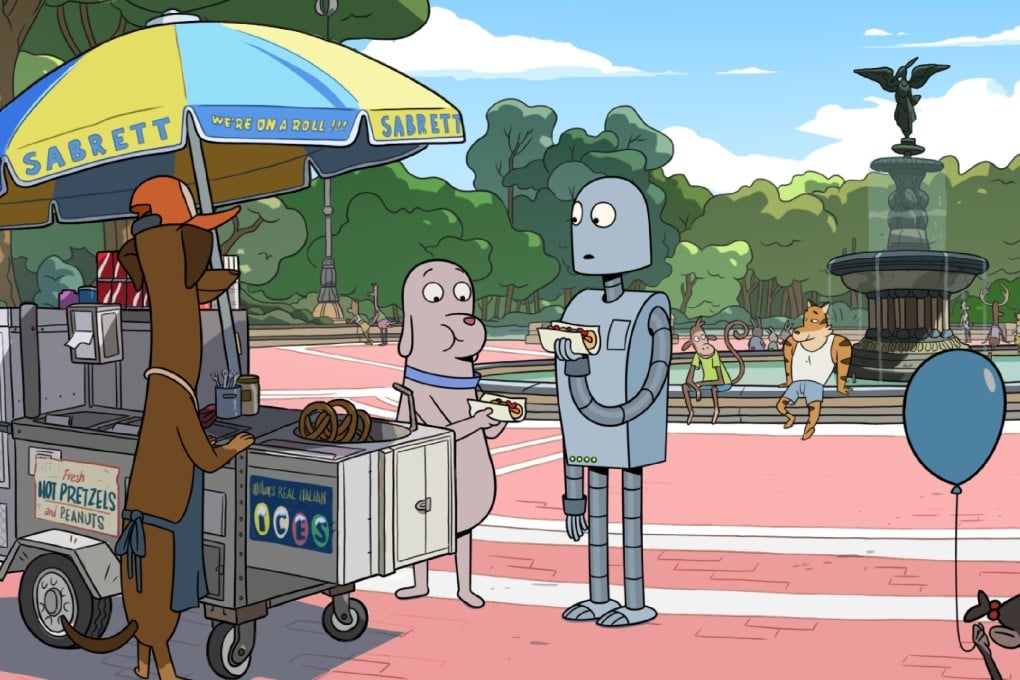Robot Dreams director Pablo Berger on making Oscar-nominated animated film without words
- Director Pablo Berger ‘never planned’ to make an animated movie, until Sara Varon’s graphic novel left him misty-eyed

When Pablo Berger began work on Robot Dreams, his first animated film as a director, he looked to a major source of inspiration: Studio Ghibli’s Hayao Miyazaki.
“We’d always say, ‘What would Miyazaki do with this problem?’”
The story of a dog who builds and befriends a robot, adapted from a hit 2007 graphic novel by Sara Varon, is Berger’s first animated film, and follows three live-action films he has directed. The book first caught his eye in 2010.
“I collect ‘no words’ books […] children’s books that have no words,” he says. “After 20 pages […] I realised this was an adult graphic novel.”
Certainly, Varon’s work feels in step with the current movement in cinema; at the 2024 Cannes Film Festival, the feline-driven Flow and the Auschwitz story The Most Precious of Cargoes showed that adult animations are in vogue again.
